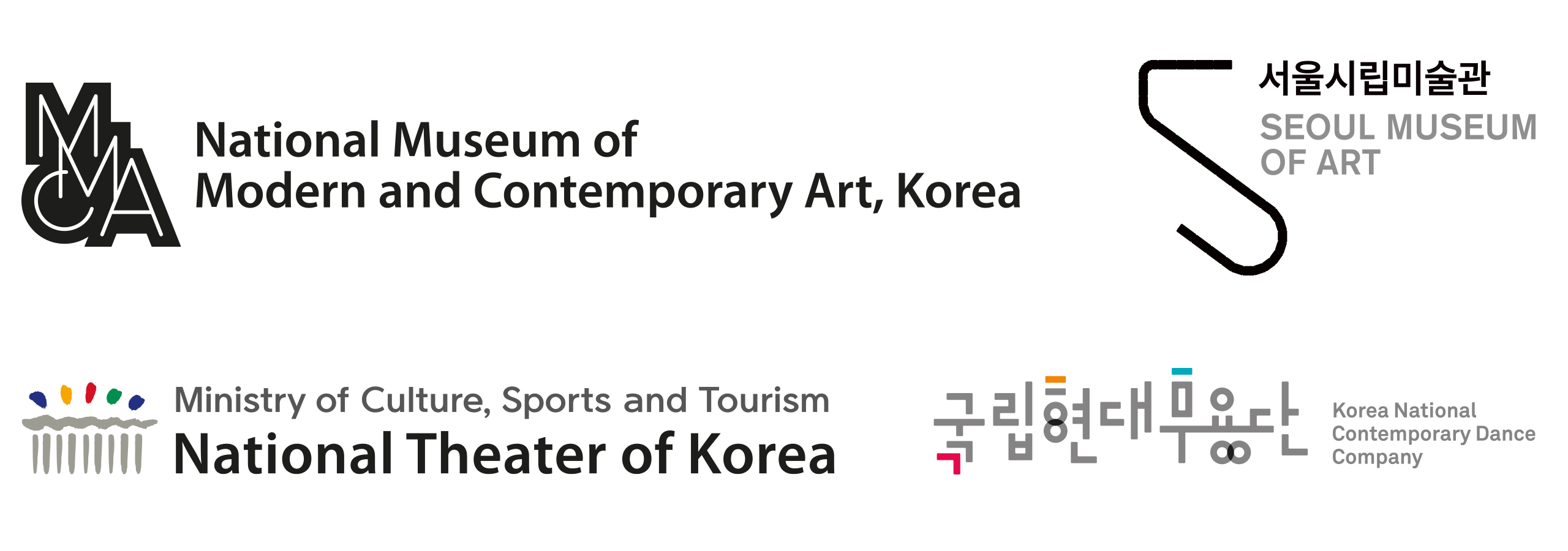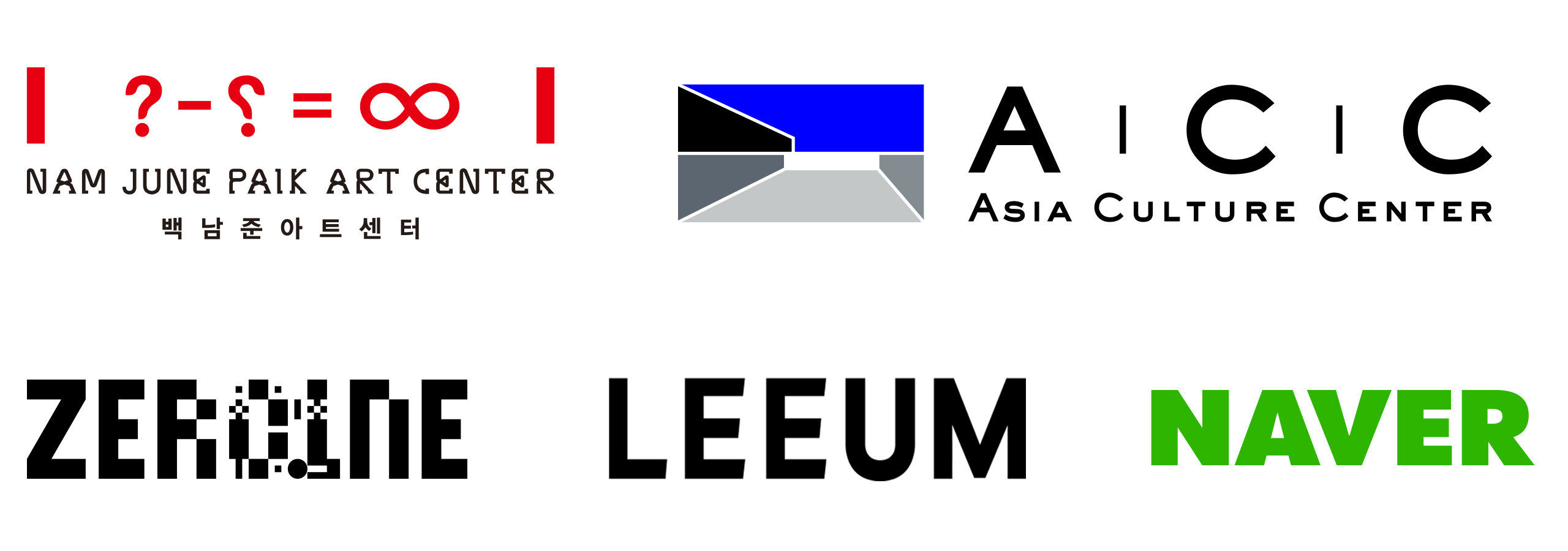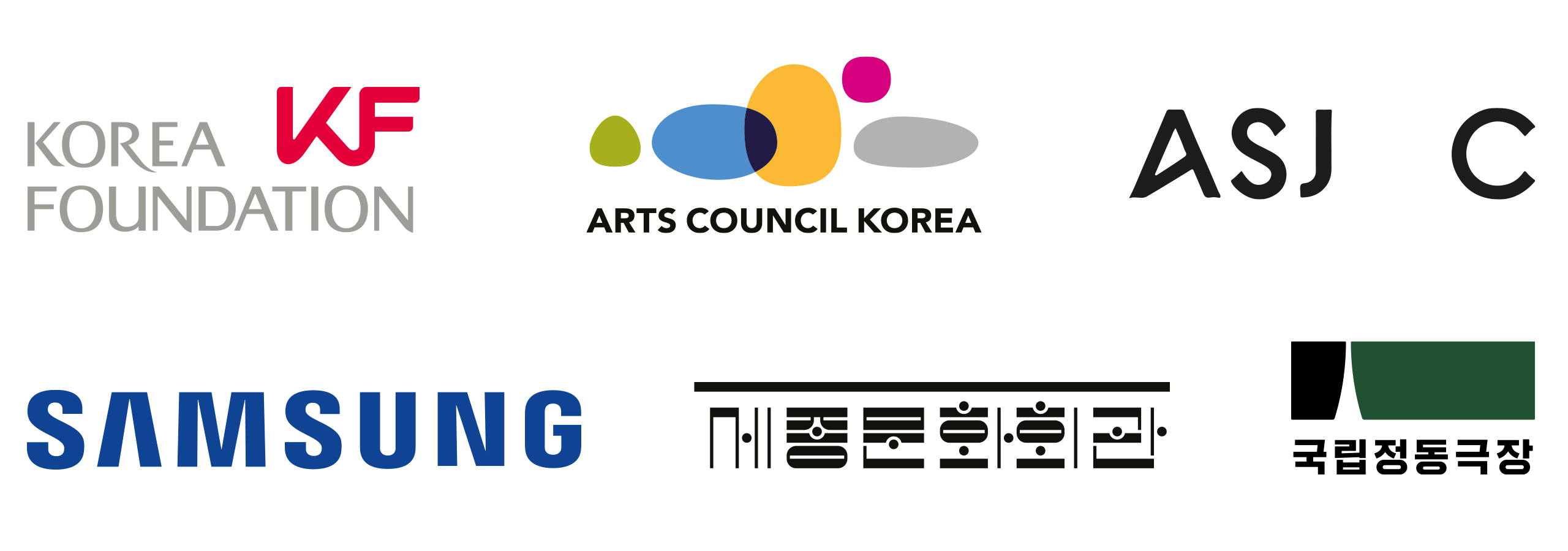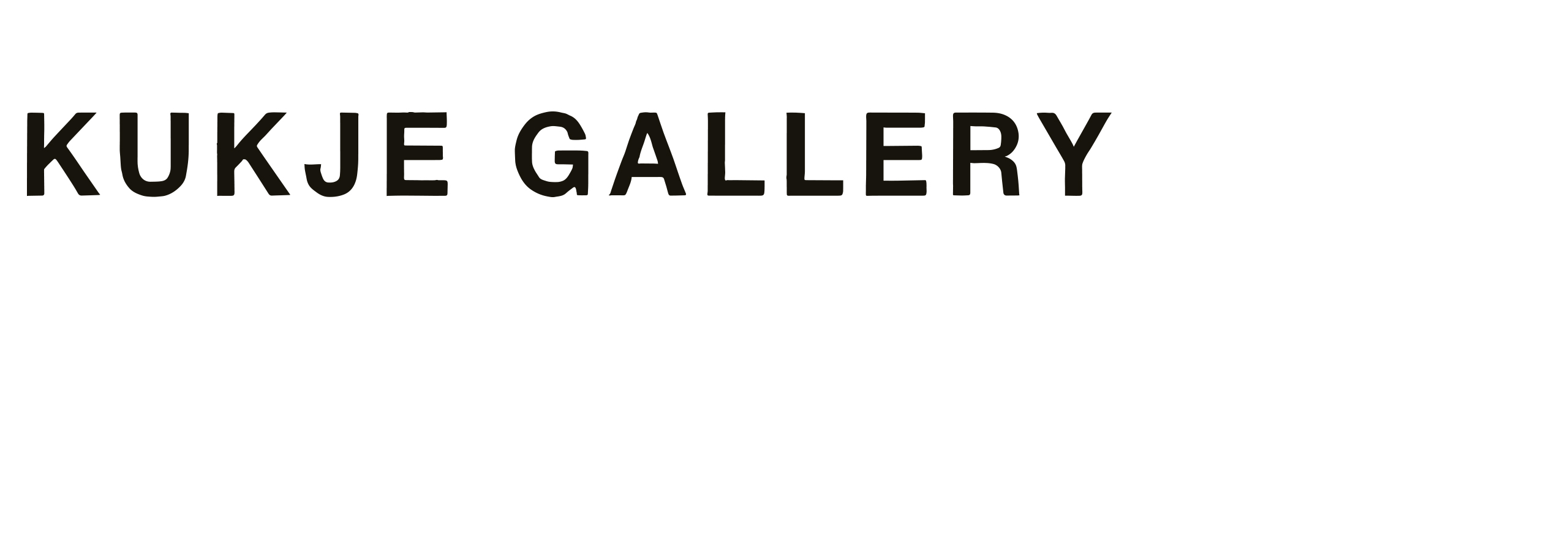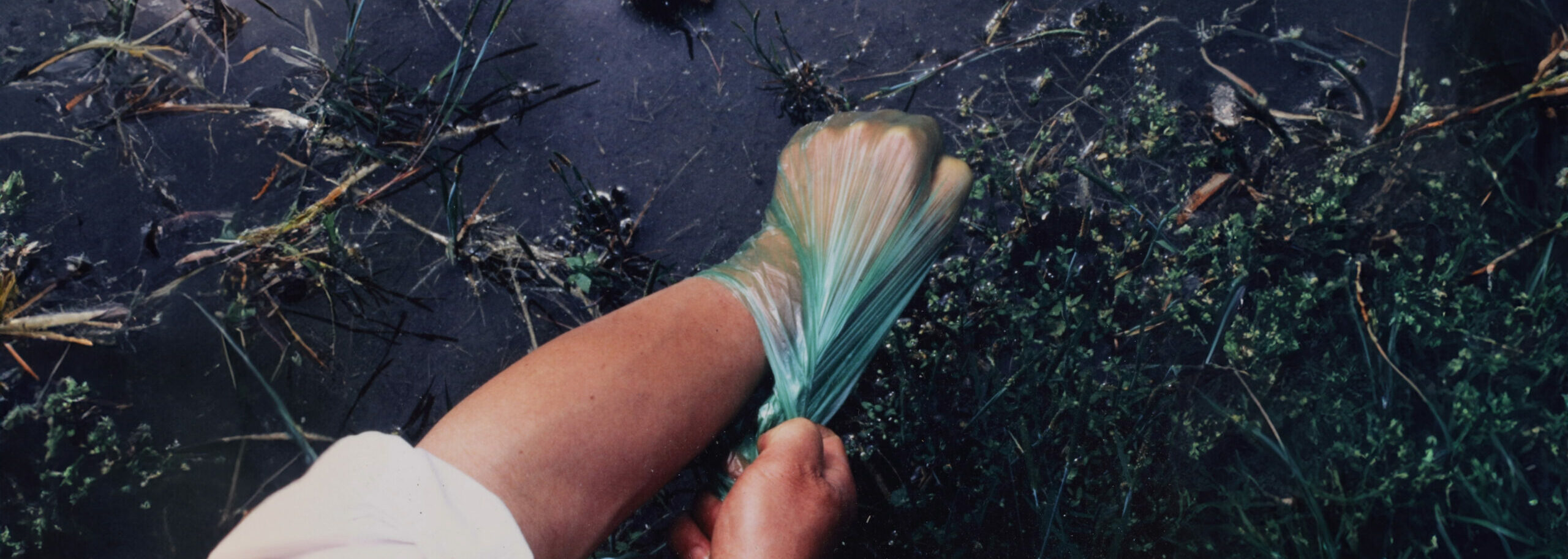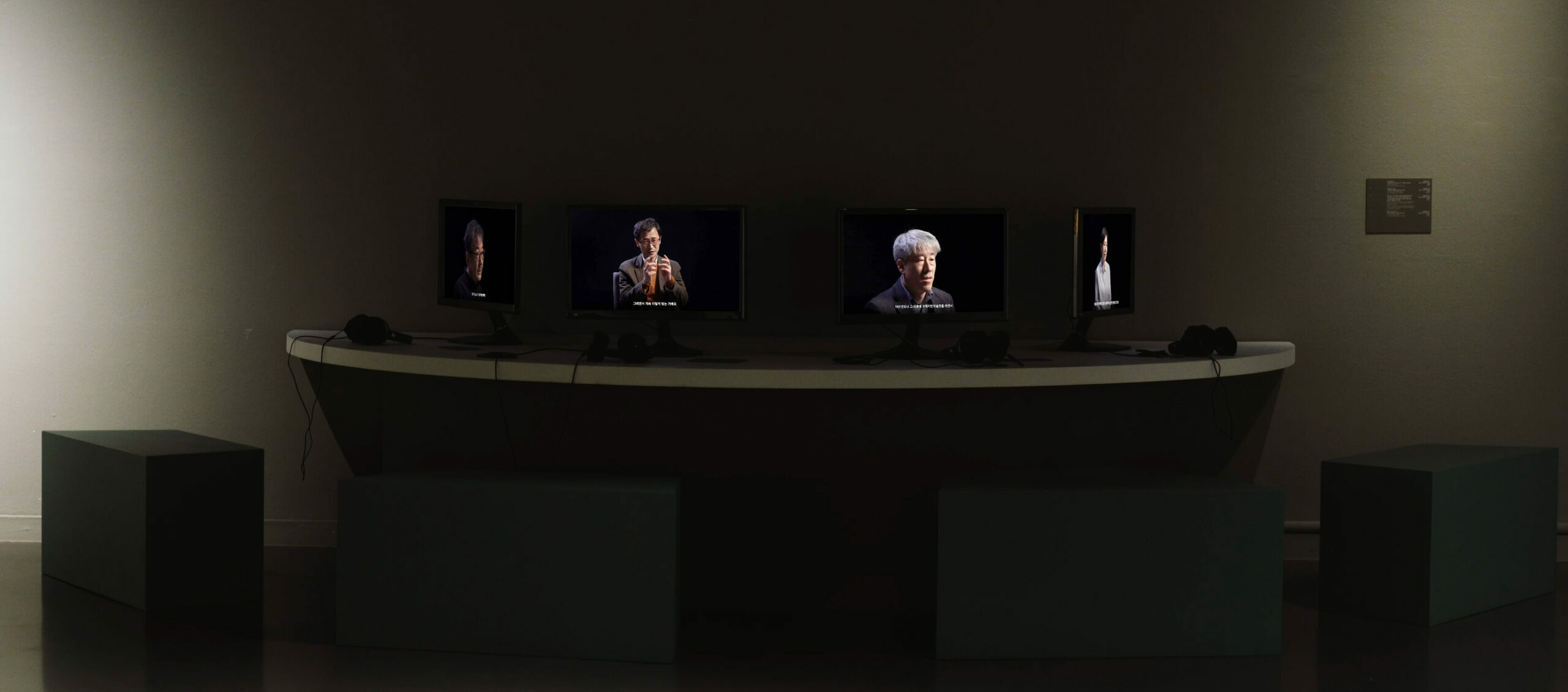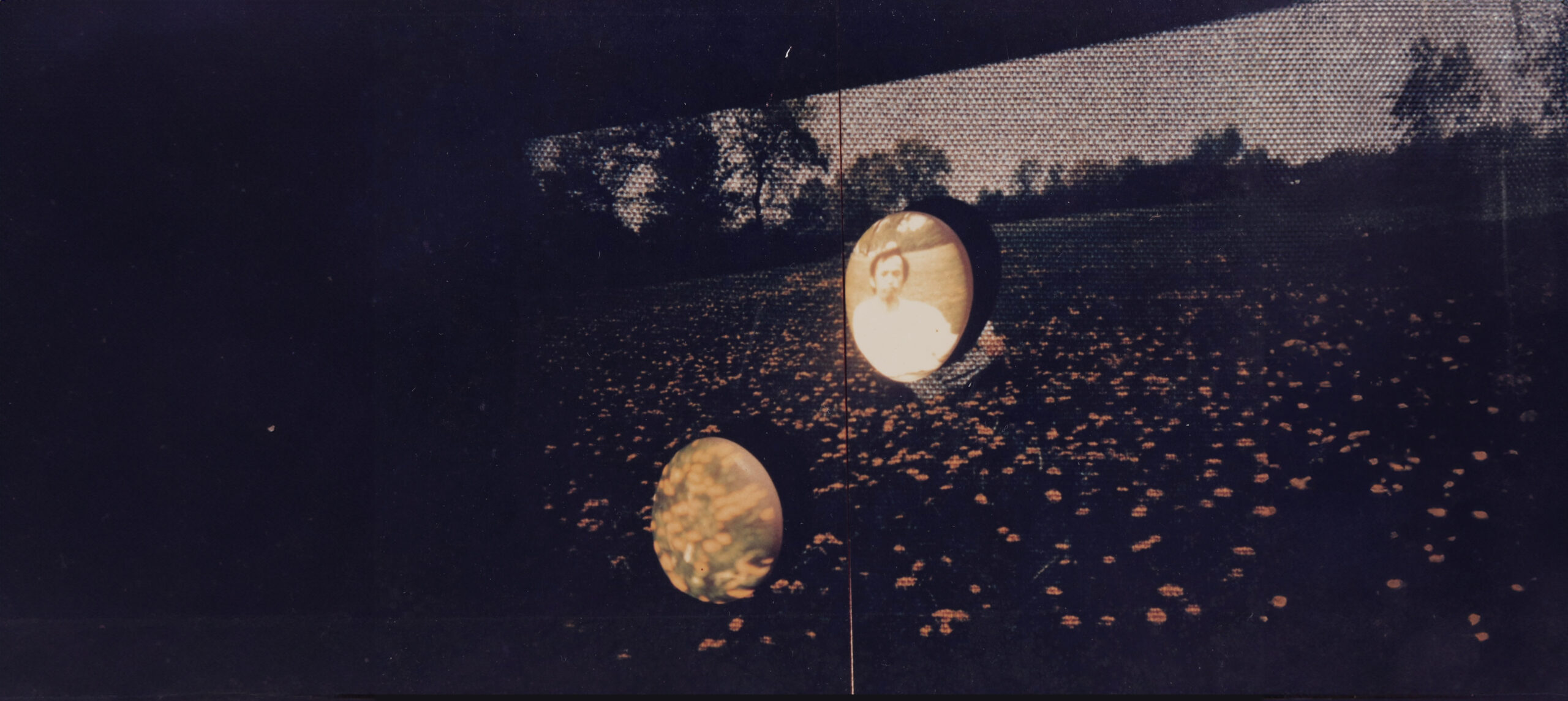제가 1987년, 88년 그 무렵에 미대 진학을 위해서 미술 학원을 다니고 있었거든요. 그때 그 미술학원이 야투자연미술 회원들이 계절별로 모여서 지난번 계절에 찍었던 작품을 같이 감상하고, 또 이번 회기에 활동을 하는 그런 본부 같은 장소였어요. 제가 수험생이지만 미술을 하는 입장에서 그분들이 저쪽 방에서 슬라이드를 같이 보면서 토론하고 하는 거를 어깨너머로 봤는데, 제가 공주 시골 출신이다 보니까, 그게 낯설지가 않은 겁니다. 자연 속에서 풀 이파리 가지고 뭘 만들고, 나뭇가지 가지고 뭘 만들고 하는데, 그런 거를 작품이라고 어떤 때에는 심각하게 얘기도 하고 어떤 때는 별거 아닌 것 같은데, ‘아, 좋다.’ 이런 분위기도 있고 그래서 ‘미술이 저런 식으로도 하는 거구나’하는 생각이 들었어요. 제가 재수를 했는데, 고등학생 때나 재수생 입장에서는 아직 미대 수업을 듣기 전이니까 그런 일반적인 오브제로 작업을 하는 게 좀 낯설잖아요. 그래서 그때 생소하기도 했고, ‘저런 식으로 하는 거면 나도 해볼 수 있겠다’하는 생각도 들었고요.
대학에 들어가서 본격적으로 합류해서 활동을 시작하게 됐죠. 자연미술연구회야투창립선언문이라고 있어요. 임동식 선생님은 선언문이라고 하는데 지금 그 문장을 다시 읽어봐도 상당히 감응이 크고요. 예를 들어서 서문 막바지에 이런 문장이 있습니다. “동서남북이 확 열려진 커다란 공간과 변화되는 시간을 사계절의 선에서 바라보는 야투의 율동 속에서는 자연처럼 선하고 강하며 깨끗하고 맑은 의식을 얻을 것이라는 바람이 그 이유이다.” 이렇게 마무리되거든요. 근데 거기서 ‘율동’이란 말이 처음엔 상당히 어색하게 느껴졌어요. 야투의 율동이라고 하는 것은 지금 오랜 시간이 지나서 생각을 해보면, 자연의 변화에 그 물결 흐름에 맞춰서 거기에 적응해서 어떤 행동을 하듯이 작업을 하는 그런 의미로 느껴지고요.
제가 『자연미술이 뭐지?』라는 책을 썼는데, 사실 그 책은 일반인이나 미술인을 위해서 쓴 것이 아니라, 제가 학교에서 자연미술을 학생들하고 수업 시간에 지금 한 20년째 해오고 있거든요. 근데 전혀 가르친 게 없는데, 이런 자연미술이라는 작품들이 있다고 간단히 소개만 하고 보여주기만 하고 애들을 데리고 밖에 나가면, 애들이 정말 기가 막힌 작품을 합니다. 제가 깜짝 놀랐어요. 그날 잠이 안 올 정도로. ‘어떻게 애들한테 이런 게 나타나지?’ 할 정도로 그랬는데, 그때 나타나는 게 뭐냐 하면 책 목차에 “반응으로서의 발상”이라는 말이 있습니다. 제가 만든 말인데요. 예를 들어 안면도 꽃지해변으로 여름 연구회를 하러 간다. 그러면 거기에 파도도 있고, 모래도 있고, 갈대도 있으니까, 이렇게 이렇게 해야지. 미리 계획을 하고 갈 거잖아요. 근데 가면 계획대로 되는 게 없어요. 근데 이런 게 있을 줄 몰랐는데, 그 현장에서 자연이 주는 느낌대로 여기 뭔가가 와요.
그러니까 ‘야투’라는 말이 원래 농구의 3점 슛이거든요. 필드 슛인데, ‘들에서 자연에서 던진다. 자연에서 메시지가 던져져 온다.’ 이런 건데, 자연에 느낌을 받아서 내가 반응으로서 하게 되는 작품이고, 그러다 보니까 어떤 미술적인 재능이라든가, 뭔가를 열심히 연마해서 키워야 되는 그런 게 아니라, 본래 우리가 가지고 있는, 예를 들어 조선시대에도 매월당 김시습 같은 사람은 낫 같은 것 가지고 나무껍질을 벗겨서 거기다 시를 써서 시냇물에 흘려보내고 이런 얘기도 있더라고요. 또 연암 박지원 같은 사람도 아침에 일어나서 참새가 짹짹거리는 걸 보고, 저건 날아다니는 문장이고 서로 화답하는 시다. 이렇게 표현한 것을 제가 어떤 책에서 봤는데, 우리는 누구나 자연을 보고 그 느낌이 없을 수가 없고, 우리가 조금씩은 라면도 끓이고, 책상도 고치고 약간은 목수 일도 하고 요리사 일도 하고 하듯이, 미술적인 뭔가를 표현하는 능력이 누구에게나 본래 있는 게 아니냐. 그래서 임동식 선생님과 제가 공감하는 게 뭐냐면, 자연미술이 20세기 후반에 한국의 새로운 미술사조로 나온 것은 맞지만, 우리 인간이 가지고 있는 자연적인, 본래 가지고 있는 성정이라든가, 어떤특징이라든가, 능력이라고 할까요. 그래서 ‘본래미술’이라는 그런 말을 가끔 대화 중에 씁니다. 가건물처럼 작업실을 지으시고, 튤립이라든가, 수선화라든가, 그런 꽃을 심고 내부 외부를 조성하시는 거를 한동안 하셨어요. 그리고 독일에서 오래 계셔서 그런지, 조금 낯선 부분도 있고, 선생님이 생활인으로서의 현실감각은 많이 떨어지신다고 봐야 돼요. 대학 강의도 나가시고, 작품도 가끔 판매하시고 그러는데, 그거에 대한 금전관리라든가 이런 것도 상당히 지나칠 정도로 너무 소홀하시고.
유구라는 동네가 있거든요. 거긴 면인데, 자전거를 타고 시장을 보고 오시다가 여름에 목이 너무 마르셔서 어느 집에 들어간 거예요. 거기서 어떤 중학생이 거실에서 앉은뱅이 밥 먹는 작은 상에서 공부하고 있어서, “너는 책상이 없니?” 그랬더니 “예” 그랬대요. 근데 오셔서 바로 가구점에서 80만 원짜리 책상을 그 집으로 배달을 시킨 거예요. 그래서 그 부모님이 밤늦게 일 끝나고 돌아와 보니까, 어디서 난데없는 책상이 와 있고 “이게 뭐냐” 했더니, “저기 할아버지가 사주셨다. 교수님이” 그러니까 밤에 막 12시에 쫓아 오신 거예요. 왜 그러시는 거냐고 우리한테. 왜냐하면 일반적이지 않잖아요. 근데 선생님은 어떤 생각을 했냐면, 책상이 없으니까 사주고 싶으셨고, 그 당시 나에게 사줄 돈이 있으니까 그냥 사주신 거예요. 거기에서 끝이고, 책상 값을 받아야겠다든지, 그런 생각을 했으면, 사주셨을 리도 없겠죠. 그러다 보니까 처음에는 유학도 갔다 오시고, 교수님이고 화백이고 하니까 동네 어르신들이 “아이고 임 교수님” “임 화백님” 그러다가 나중에 나이대가 비슷하신 분들은 “임 선생”, “임 선생 어디 갔나?” 이렇게 존대하시다가 가까워지셨어요.
또 강아지도 키우셨는데 한번은 동네 어느 분이 산토끼 새끼를 산에서 발견하고 임 선생님이 자연이나 동물을 좋아하시니까, 갖다 드린 거예요. 제가 생물학적으로는 잘 모르지만, 사람 손이 타면 야생동물은 자기 새끼지만 죽인다고 하더라고요. 불안하니까. 사람이 키운다는 건 사실 힘든 일인데 우유를 사다가 계속 먹이시면서 산토끼를키우셔서 한동안은 산토끼랑 같이 생활하시고, 지금도 하신 말씀 기억나는 게, “아침에 침대에서 눈을 뜨면 산토끼가 위에 올라와서 귀를 쫑긋쫑긋하면서 깡충깡충 뛰면서 나한테 무슨 얘기를 하는 것 같다. 어제 저녁에 밥을 줘서 고맙다고 얘기를 하는 것 같다.” 그러시는데, 일반 사람이 듣기에는 그럴 리가 있나 그러지만, “아 예, 그래요” 이렇게 맞장구쳐드리고 했는데, 크리스마스 같은 때 시골 애들이 크리스마스 파티는 안 하잖아요. 동네 초중고생들을 모아서 마을회관에서 행사 때 쓰는 커다란 상이 있어요, 긴 밥상을 깔아놓고, 서양식인지는 모르겠는데 흰 종이로 세팅을 하시고는 촛불도 켜고 트리도 만들고 해서 크리스마스 파티도 하고. 그러다 보니까 애들이 자주 놀러 왔어요. 그러면서 영어 회화, 독일어 회화, 독일어가 애들한테 당장 필요하진 않지만, 독일어 회화도 하고, 또 초등학생 공부도 가르쳐 주시고 그렇게 했는데, 그때 유구중학교 축구부 하던 애가 있었어요. 근데 얘가 축구부를 그만두고 선생님한테 과외를 받았어요. 축구부였으니까 성적이 낮으니까 아마 공부를 잘했으면 과외가 어려우셨을 텐데, 기초 중학생이 할만한 그런 수준의 과외를 해주셨어요. 무료로 해주신 거죠. 얘가 그다음에 시험을 봤는데 성적이 확 올라간 거예요. 왜 그랬는지 모르겠는데 유구에 있는 학원에서 신고한 거예요. 불법 과외로. 경찰도 왔었는데, 저녁때 경찰차가 오니까, 시골 사람들이 경찰차나 구급차가 오면 다 보거든요. 왜 저게 우리 동네에 왔나. 근데 “과외 신고가 들어와서 왔다”고 하니까 동네 할머니들이 “이 양반이 받으신 거는 내가 김치 갖다 준 거 밖에 없다.” 이렇게 해서 경찰도 가고 그랬는데.
그리고 꽃 같은 것도, 어떨 때는 독일에서 공수해와서 구근을 심고 그랬거든요. 동네 할머니들이 오셔서 “아이고 선생님, 저 꽃 좀 나 줘요” 그렇게 이 분이 파 가다 보니까 “거기서 가져왔대?”하고 저기서 가져가고 하니까 수선화 같은 것도 많이 캐가시고, 지금은 동네에 옛날에 사시던 작업실까지 차를 타고 이렇게 올라가면은 그 길 옆으로 수선화가 쭉 있어요. 시골에 수선화가 사실은 옛날에 별로 없었는데. 그래서 동네 분들하고는 너무나 잘 지내셨고, 그러다 보니까 《예술과 마을》이라는 행사도 그 마을에서 할 수가 있었던 거죠. 그게 이제 농사를 짓는 미술과 전혀 상관이 없는 동네 주민 분들 하고 외부 작가들이 연합해서 했던 행사거든요. 대개 할머니들은 옛날 골동품 같은 거 있잖아요. 베 짤 때 쓰던 물건, 지금은 안 쓰는 보기 어려운 농기구, 헛간에 사용하지 않던 그런 것을 갖다가 박물관 개념으로 이렇게 늘어놓으신 분들도 있고, 그때 주민 분들이 좋아하셨던 것은 그냥 집에 있는 것을 내다 늘어놨는데, 사람들이 좋아하잖아요. 외지 사람들, 관람객도 되게 많았었거든요, 기간이 길다 보니까. 동네에 사람들이 많이 와서 얘깃거리 흥밋거리가 별로 없는 조용한 시골 마을에 초기에 그렇게 어르신들이 좋아하셨던 기억이 나고.
마을회관 앞에 휴게실같이 천막 쳐놓고, 작가들도 있고, 주민 분들도 계시고 해서, 때 되면 밥도 해 먹고 그랬는데, 주민 분들이 지푸라기 같은 걸로 뭘 만들었는데, 만들어서 그냥 놓은 거예요, 보기 좋으라고. 근데 어떤 분들은 그걸 사 가시기도 하고, 그래서 주민 분들이 “약간 어이없다, 뭘 이런 걸 사가나” “나중에 썩을 거” 이렇게 대화했던 것도 재미있었던 기억이 납니다 새끼 강아지 생기면 하나 갖다 주시고 이런 일이 많았는데. (강아지가) 아직 적응하기 전에 인근으로 집을 나간 거죠, 저녁 때 그때 수선화라든가, 우거진 나무도 있고 그래서, 사실 강아지는 하룻저녁 나간다고 잘못되거나 그런 일은 별로 없는데, 염려가 되셨는지, 손전등을 가지고 저랑 같이 찾았던 기억이 나요. 그때, 플래시 불빛도 약간 노란빛이 나고, 수선화가 노란빛이 많잖아요. 그때 저는 ‘강아지는 나오겠지’, 이런 걱정하는 정도는 아니었는데, 플래시 불빛을 이렇게 비추면서. 저녁에 손전등으로 수선화를 비추고 다닐 일이 없잖아요. 강아지를 잃어버려서 그걸 찾는 걸로 인해서, 개인적인 경험으로는 플래시 불빛으로 수선화를 비추면서 봤던 그 인상이 남거든요.
임동식 선생님도 원래 서양화 전공이시거든요. 유화가 처음에는 색 면으로 큰 면을 탁탁 치고, 점점 자세하게 들어가잖아요. 구상 회화일 경우에. 근데 임 선생님의 유화를 보면, 그냥 기본은 칠해놓고, 처음부터 세필로 이게 어떤 건 10년 걸린 것도 있고, 10년 넘은 것도 있고 그런 게, 저는 그게 유화기법이라기보다는 어떤 세밀하게 묘사하는 수묵화. 재료만유화물감일 뿐이지, 동양적인 산수화, 수묵화, 수묵채색화, 그런 기법이라고 생각이 들어요. “자연에 그림을 그리러 나가서도 자연을 바라보기만 하다가 들어온 적이 많다. 바라보기에도 바쁘다.” 이런 글을 쓴 적이 있는데, 막 보여요. 자연미술을 오래 하다 보니까 별게 다 눈에 들어오고, 그것을 여기는 밝은 면, 여기는 어두운 면, 이렇게 싸잡아서 물감으로 확 치는 게 어렵더라고요. 크게 시작해서 작게 좁혀 들어가야 되는데, 작은 대상들이 너무 처음부터 전체가 다 들어오듯이 하니까. 그런 대화는 안 해봤지만, 임 선생님도 유화로 표현하시는 기법이 그 세세한 것 하나하나에, 풀 이파리 하나하나, 물방울 하나 이게 자연미술을 하셨던 그 시각이 여전히 남아있어서, 자연을 바라보고, 자기 회화의 표현에서도 그렇게 처음부터 섬세하게 갈 수밖에 없지 않나. 이런 생각도 해봤는데, 제 생각이 맞는지는 모르겠습니다. 처음에는 오히려 의도적이진 않지만, 은둔자, 이렇게 표현할 순 없지만, 공개적으로 드러낸다기보다는 그냥 우리끼리 모여서 할 걸 하고 끝내는, 그런의도성이라고할까요. 명상적이고 좀 산책하듯이 하다 보니까, 미술계에서도 알려지지 않았는데, 어쨌든 사람은 자연을 자주 접하면 여러 측면에서 좋아지는 것 같아요. 자기가 하는 일과 직접 관련이 없더라도, 자연과 가까이하는 것은 자기 분야의 어떤 깨우침을 그때그때 받을 수 있는 그런 게 아닌가 하는 생각도 들고요.
야투 창립선언문을 가지고 연구하시는 분이 누가 나오신다면, 이 글 가지고도 논문이 된다고 생각하거든요. 만약에 그런 분이 나오신다면 제가 적극 협조해 드릴 의향이 있는데, 제가임선생님께 전해 듣기로는 공주에 내려가서 화실에서 어느 여름날 호박잎에 떨어지는 빗방울 소리를 듣다가 단숨에 쓰셨다고 하거든요. 뒷부분이 이렇게 돼요. “우리는 풀 포기의 떨림에서부터 여치의 울음, 새, 물고기, 나뭇결에 스치는 바람 소리, 밤하늘의 별빛, 봄의 꽃, 여름의 열기, 가을의 드맑고 높은 하늘, 겨울의 차디찬 기온은 물론 우리가 생활 속에서 생생하게 부딪히는 심리적 문제, 다각적 면에서 생생하게 부딪히는 모든 현실의 문제에 이르기까지 우리의 작업에 대상임을 밝히며, 우리가 이러한 제 문제에 대하여 어떤 행동하고 설치하는 것은 우리가 희구하는 바, 선과 진실, 아름다움, 순수성에의 접근, 사변 감각적 탐닉에 속한 눈, 미술이라는 기존 방법론에 묶인 두뇌, 이런 것을 풀고 되찾아 열기 위함이며, 동서남북이 확 열려진 넓은 공간에서 시간의 흐름을 사계절의 선에서 바라보는 야투의 율동” 이렇게 표현이 되거든요. 거기는 자연이면 자연이고, 우리가 일상이면 일상에서 접하는 내적인 외적인 모든 것이 우리의 작업에 대상이라는 거죠. 그러니까 한마디로 모든 것이다. 이렇게 볼 수도 있는데, 친자연적인 그런 방향으로 당연히 흐르게 되겠죠.
1991년도나 그 이후에 국제자연미술전을 하면서 거기 작품집이나 도록 서문에 “20세기 후반에 환경문제가 중시되고” 이런 문장들이 나오거든요. 제가 쓴 것도 아니고, 임동식 선생님이 쓰신 것도 아닌데, 오해할 수 있는 부분이 뭐냐면, 환경오염이 됐고, 환경문제가 있기 때문에 자연미술이라는 것이 필요하다. 이런 필요성이 아니라, 물론 자연미술하는 사람들이 환경에도 관심을 갖고, 금강이녹조화가 된다든지 하면 거기에 어떤 의견도 내고, 사회적인 행동도 하는 건 좋은 거겠죠. 그러나자연미술과 그런 환경운동은 사실은 전혀 별개라고 봐요. 그러면 환경오염이 없었다면 자연미술은 할 필요가 없냐, 당위성이 없냐. 그건 아니거든요. 본래 우리가 가지고 있는 풀 이파리를 하나 보고서, “어, 예쁘네” 하고 어린아이같이. 엄마 손잡고 가는 아이가 “엄마 구름이 양 떼 같아” 이게 자연미술이에요. 그리고 도봉산이든 북한산이든 올라가면 거북이 바위, 호랑이 바위, 이런 거 있죠. 누군가 맨 처음에 그 이름을 지었을 거란 말이죠. 그거를 뭐라고 규정하는 것, 새롭게. 그게 자연미술적인 감각이라는 거죠. 그러니까 누구나 가지고 있는 것을 집중적으로 연구를 하고 활동을 해서 하나의 장르로 구체화시키고 확산시켰을 뿐이지, 이게 특별한 것은 아니다. 그렇기 때문에 어떻게 보면 더 특별하지 않나 이런 생각도 듭니다.


